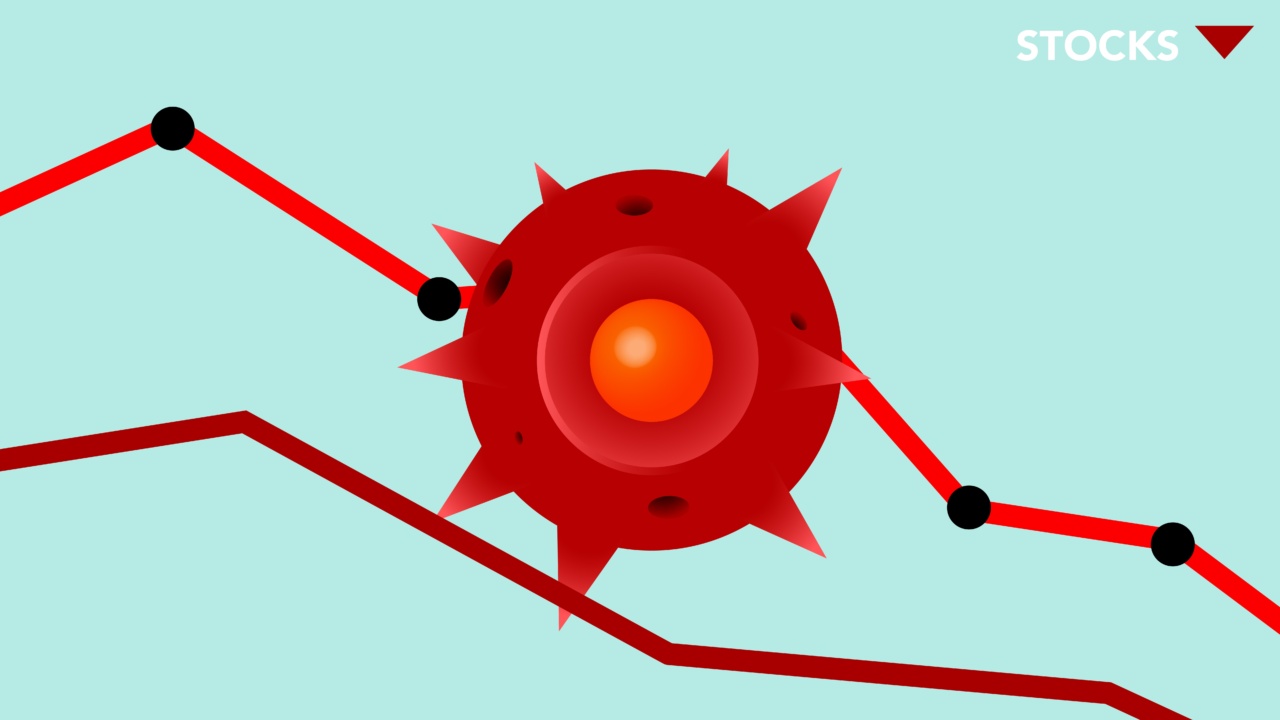Type 2 diabetes is a chronic condition that affects millions of people worldwide. It can lead to serious health problems such as heart disease, nerve damage, and blindness.
While genetics plays a role in the development of type 2 diabetes, lifestyle factors such as diet and exercise can also contribute. Fortunately, there are many foods that can help reduce the risk of developing type 2 diabetes. In this article, we will discuss some of the best foods to include in your diet to lower your risk of type 2 diabetes.
1. Leafy Greens
Leafy greens such as kale, spinach, and collard greens are high in nutrients and low in calories, making them a great choice for people looking to manage their blood sugar levels.
These greens are rich in vitamin K, which is essential for bone health, and they also contain compounds that can help improve insulin sensitivity. Insulin is a hormone that regulates blood sugar levels in the body, so improving insulin sensitivity can help lower the risk of type 2 diabetes.
2. Whole Grains
Whole grains such as brown rice, quinoa, and oatmeal are high in fiber, which can help regulate blood sugar levels. Fiber slows down the absorption of sugar in the bloodstream, preventing spikes in blood sugar levels.
Whole grains are also low in glycemic index, which means they have a lower impact on blood sugar levels than refined grains.
3. Nuts
Nuts such as almonds, walnuts, and pistachios are high in healthy fats, protein, and fiber. They are also low in carbohydrates, making them a good snack choice for people with type 2 diabetes.
Studies have shown that consuming nuts can help improve blood sugar control and reduce the risk of developing type 2 diabetes.
4. Berries
Berries such as strawberries, blueberries, and raspberries are low in calories and high in antioxidants, which can help reduce inflammation in the body. Inflammation is a factor in many chronic diseases, including type 2 diabetes.
Berries are also high in fiber, which can help regulate blood sugar levels.
5. Garlic
Garlic is a staple in many cuisines and has been used for centuries for its medicinal properties. Studies have shown that consuming garlic can help reduce insulin resistance and lower blood sugar levels.
Garlic is also high in antioxidants, which can help reduce inflammation in the body.
6. Beans
Beans such as black beans, kidney beans, and chickpeas are a great source of protein and fiber. They are low in glycemic index, meaning they have a lower impact on blood sugar levels than many other carbohydrate sources.
Beans have also been shown to improve insulin sensitivity and reduce the risk of developing type 2 diabetes.
7. Fatty Fish
Fatty fish such as salmon, mackerel, and sardines are high in omega-3 fatty acids, which have been shown to reduce inflammation in the body and improve insulin sensitivity.
Consuming fatty fish can also help reduce the risk of heart disease, which is a complication of type 2 diabetes.
8. Turmeric
Turmeric is a spice that has been used in traditional medicine for centuries. It contains a compound called curcumin, which has anti-inflammatory properties.
Studies have shown that consuming turmeric can help improve insulin sensitivity and reduce the risk of developing type 2 diabetes.
9. Greek Yogurt
Greek yogurt is high in protein and low in carbohydrates, making it a great snack choice for people with type 2 diabetes. It has been shown to improve blood sugar control and reduce the risk of developing type 2 diabetes.
Greek yogurt is also a good source of calcium, which is important for bone health.
10. Dark Chocolate
Dark chocolate contains flavonoids, which are compounds that have been shown to reduce inflammation and improve insulin sensitivity. Eating dark chocolate in moderation can help reduce the risk of developing type 2 diabetes and improve overall health.
In conclusion, incorporating these foods into your diet can help reduce the risk of developing type 2 diabetes and improve overall health.
It is important to note that while these foods can be beneficial, they should be consumed as part of a balanced diet and lifestyle. Eating a variety of nutrient-dense foods and staying physically active are important factors in maintaining optimal health.






























